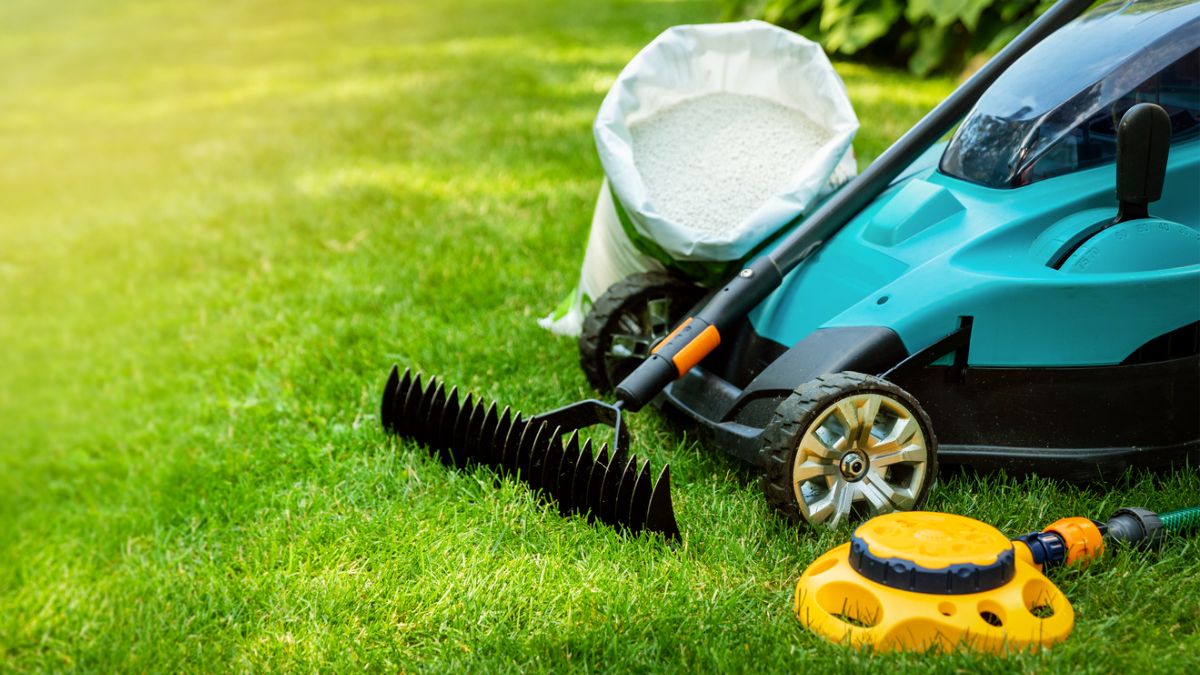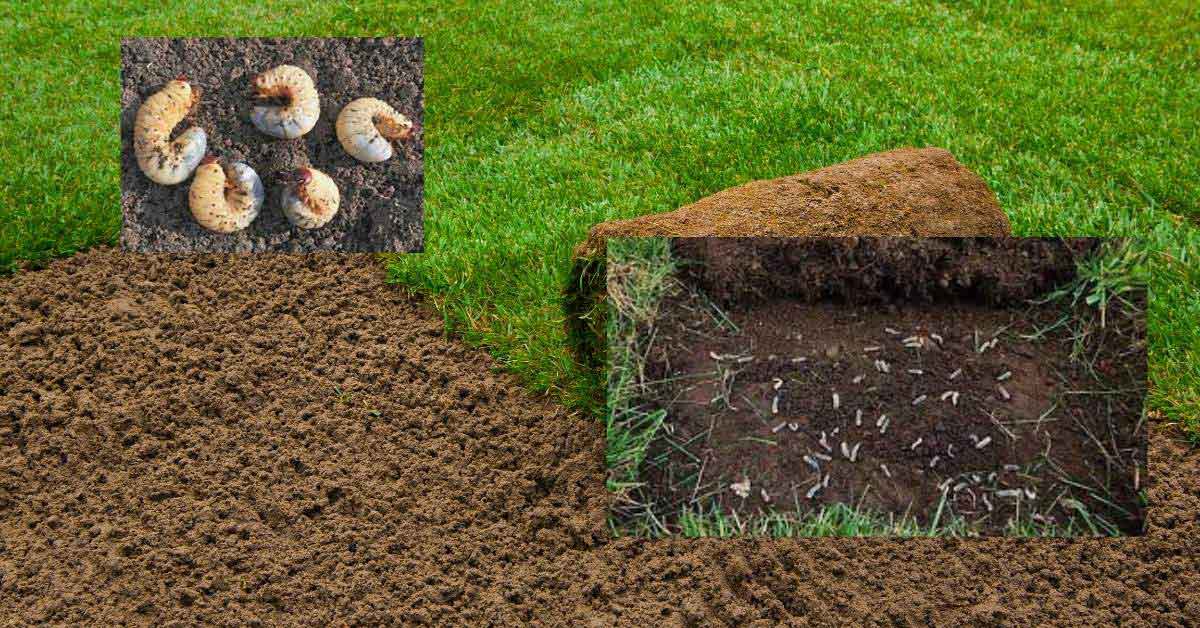Maintaining a lush and healthy lawn in Southern California can be a daunting task due to the region’s hot and dry climate. The intense heat, limited rainfall, and arid soil can make it challenging for grass to thrive, leaving homeowners struggling to find the right type of grass that can withstand these conditions. Choosing the right grass for your lawn is crucial to ensure its longevity and beauty in Southern California’s unique environment.
To assist homeowners and landscapers in selecting the best grass for their Southern California lawns, we have compiled an overview of the 5 best grasses for Southern California. In this article, we will discuss each of the grasses in detail, including their pros and cons, as well as provide pictures of each grass to help readers visualize their appearance on a lawn. Additionally, we will include information on the climate, soil, and maintenance requirements of each grass, enabling readers to make an informed decision when choosing the best grass for their home.
The 5 best grass for Southern California
As lawn care professionals, we understand the importance of selecting the right grass for your lawn. By choosing the appropriate grass, you can ensure that your lawn will be healthy, vibrant, and visually appealing, despite Southern California’s challenging climate. Therefore, we hope that our article will be helpful to readers in choosing the best grass for their Southern California lawn, and we invite them to continue reading to learn more about their options.
Zoysia grass
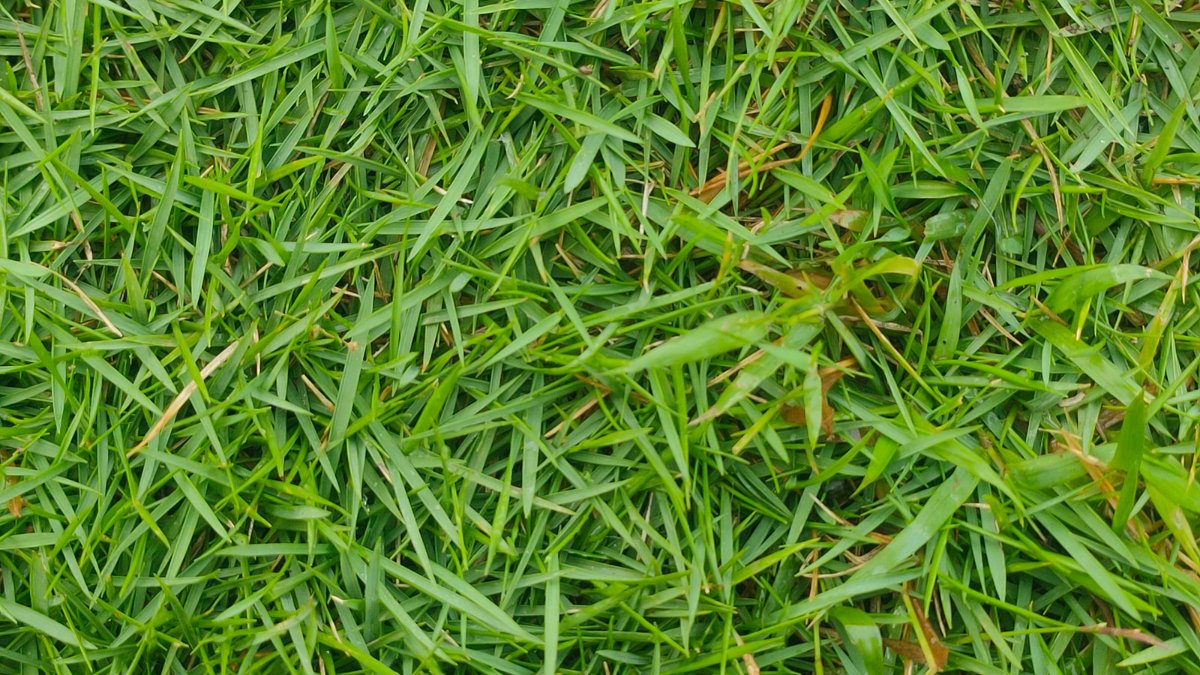
Zoysia grass is a type of grass that belongs to the genus Zoysia, which consists of several species of creeping grasses that are native to Asia and Australia. Zoysia grass is a warm-season grass, which means that it grows best in hot and sunny conditions and goes dormant in cold weather. Zoysia grass is also known for its ability to survive drought and wear, making it a good choice for lawns that receive a lot of use, such as those with children or pets.
Zoysia grass has narrow and pointed blades that are light to dark green in color. It forms a thick and dense turf that can prevent weeds from growing. Zoysia grass can spread by both underground stems called rhizomes and aboveground stems called stolons. However, it is a slow-growing grass that can take a long time to establish itself.
Zoysia grass requires regular mowing, watering, fertilizing, and aerating to maintain its health and appearance. One of the most common species of zoysia grass used for lawns is Zoysia japonica, which is also known as Korean lawngrass or Japanese lawngrass. It was introduced to the United States in 1895 and is popular for its drought tolerance and low maintenance.
Bermuda grass
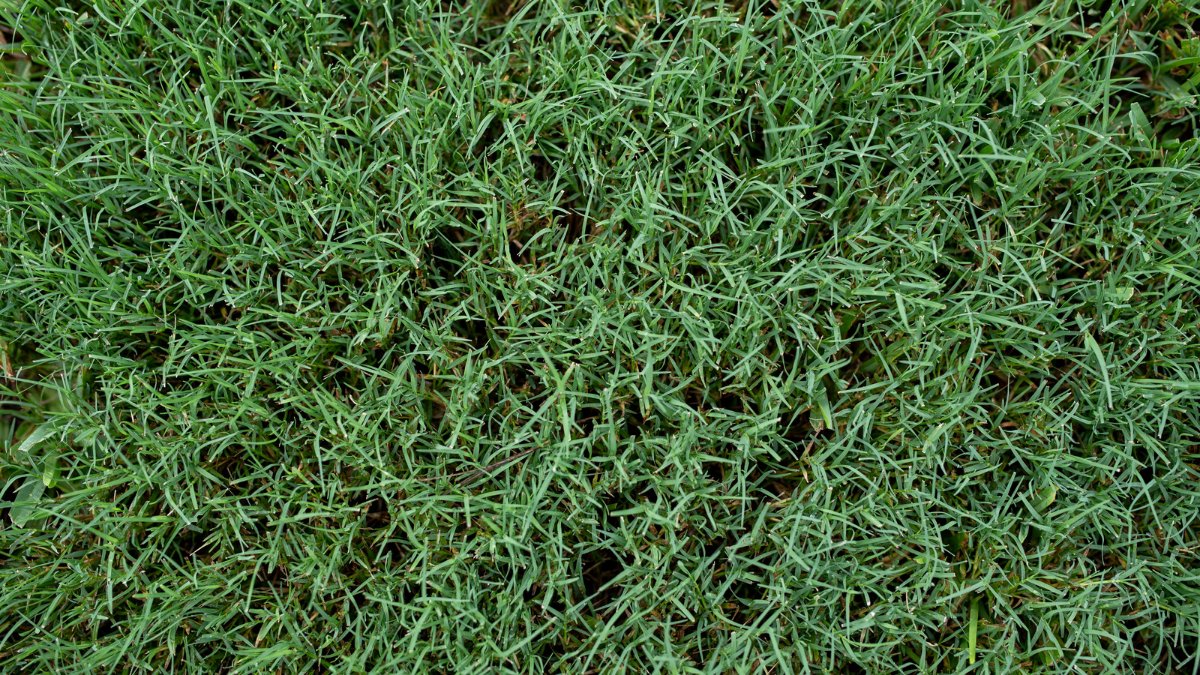
Bermuda grass is one of the most popular grasses for lawns in Southern California. It is a warm-season grass that thrives in hot weather and full sun. Bermuda grass requires fertile, well-drained soil with a slightly acidic pH. It is drought-tolerant but still benefits from moderate irrigation, especially in the hot summer months.
Bermuda grass grows into a lush, dense turf that can handle moderate foot traffic. However, it goes dormant and turns brown in the winter. Regular mowing, fertilization, and pest control are needed to keep Bermuda grass looking its best.
St. Augustine grass

St. Augustine grass is another excellent choice for Southern California. It is a warm-season grass that can tolerate heat, humidity, and salty conditions near the coast. St. Augustine grass prefers fertile, well-drained soil and full sun for optimal growth. It is one of the most shade-tolerant warm-season grasses, but at least 6 hours of direct sun per day are still needed.
St. Augustine grass produces a thick, carpet-like lawn that is a beautiful blue-green color. It does require significant irrigation and maintenance to thrive. St. Augustine grass stays green for most of the year but goes dormant and browns during very cold winter weather.
Buffalo grass
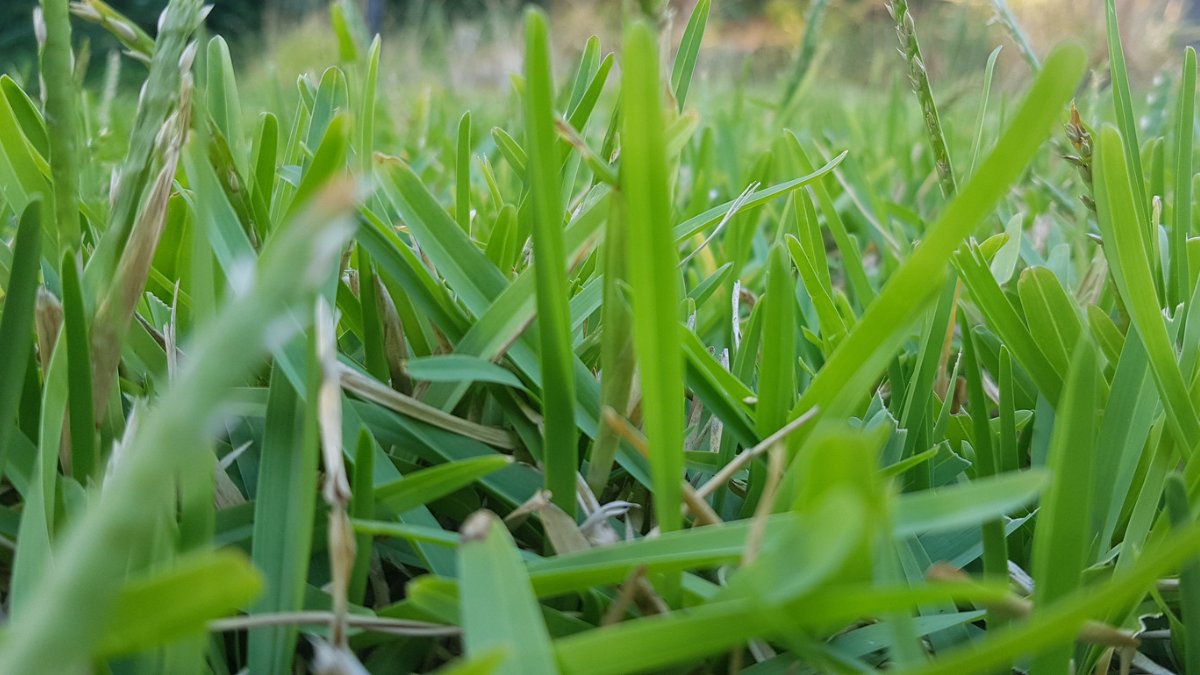
Buffalo grass is a hardy, low-maintenance option for Southern California. It is a warm-season, drought-tolerant grass that only needs occasional irrigation once established. Buffalo grass prefers full sun and well-drained, even poor-quality soils.
It forms a thin, wispy turf that is light grayish-green in color. Buffalo grass goes dormant and turns brown in the winter and during extended dry periods. While low-maintenance, Buffalo grass may require periodic renovation to maintain an attractive lawn. It can tolerate moderate foot traffic but may not stand up to intense recreational use.
Centipede grass
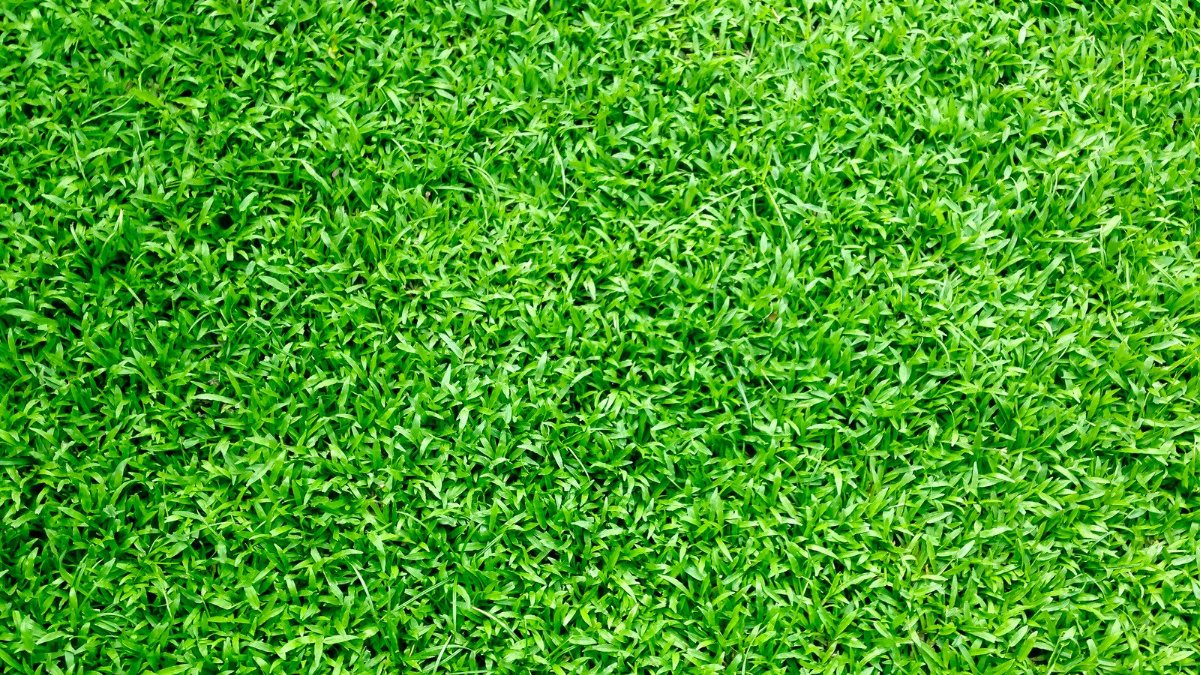
Centipede grass is a type of grass that belongs to the genus Eremochloa, which consists of a single species of creeping grass that is native to China and Southeast Asia. Centipede grass is a warm-season grass, which means that it grows well in hot and humid conditions and goes dormant in cold weather. Centipede grass has a fine texture and a light green color.
It forms a thick and dense turf that can resist wear from foot traffic, making it a good choice for lawns that are used by children or pets. Centipede grass is also relatively drought tolerant and low-maintenance, requiring less water, fertilizer, and mowing than other types of grass. However, centipede grass can be susceptible to pests and diseases, such as nematodes, mole crickets, brown patches, and dollar spots.
Centipede grass can spread by both underground stems called rhizomes and aboveground stems called stolons. It is a slow-growing grass that can take a long time to establish itself. Centipede grass is popular in the southeastern United States, especially in coastal areas.
What is the best grass seed for sandy soil?
The best grass seed for sandy soil depends on your climate, sun exposure, and lawn goals. Sandy soil is a type of soil that has large particles and drains quickly, making it difficult for some grasses to grow and thrive. However, some grasses can adapt to sandy soil and form deep roots that help them absorb water and nutrients. Some of the best grass seeds for sandy soil are:
- Tall fescue: This is a cool-season grass that can tolerate heat, drought, and shade. It has a fine texture and a dark green color. It is low-maintenance and does not burn easily. It also improves the soil quality by adding organic matter.
- Bentgrass: This is a cool-season grass that can grow well in sandy soil and full sun. It has a fine texture and a light green color. It forms a smooth and carpet-like lawn that is ideal for golf courses and other sports fields. However, it requires frequent mowing, watering, and fertilizing to maintain its health and appearance
- Bahia grass: This is a warm-season grass that can thrive in hot climates and sandy soil. It has a broad leaf and a coarse texture. It has a light green color that may not appeal to some homeowners. It is very low-maintenance and resistant to pests and diseases.
- Zoysia
- Bermuda grass
- Centipede grass
These are some of the best grass seeds for sandy soil based on quality and value. However, you should always read the label carefully and follow the instructions for application and safety. You should also test your soil before applying any seed to determine its nutrient needs and pH level.
What is the best fertilizer for Bermuda grass?
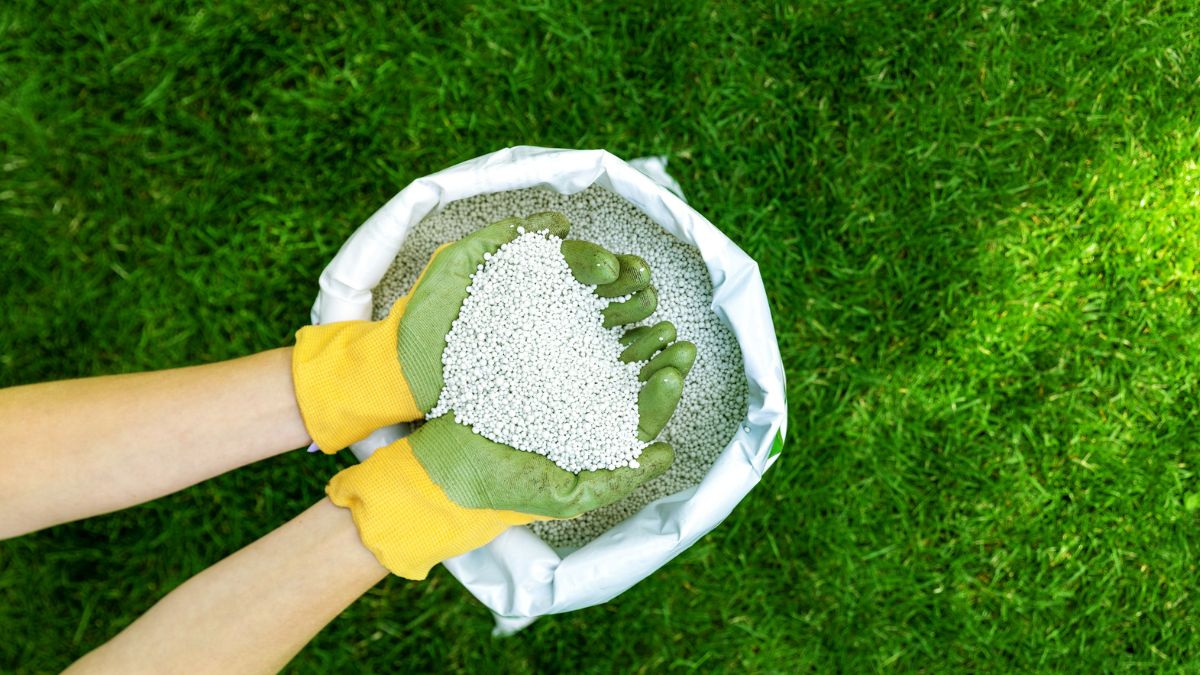
The best fertilizer for Bermuda grass depends on several factors, such as your soil type, your climate, and your lawn goals. However, some general guidelines are to look for a fertilizer that has a high nitrogen content, as Bermuda grass is a heavy feeder that requires more nitrogen than other grasses.
You should also avoid fertilizers that contain phosphorus, as this nutrient can cause environmental problems and is often restricted by state laws. Additionally, you should choose a fertilizer that matches your application preference, whether it is liquid, granular, or water-soluble.
Some examples of fertilizers that are suitable for Bermuda grass are:
- Milorganite 0636 Nitrogen Fertilizer: This organic fertilizer contains 6% nitrogen and 4% iron. It is slow-release and does not burn the grass. It also improves the soil quality by adding organic matter. However, it does not contain potassium, which is an important nutrient for grass health.
- Safer Brand Lawn Restore Fertilizer: This is another organic fertilizer that contains 9% nitrogen and 2% iron. It is phosphate-free and safe for kids and pets. It also helps to restore the soil pH and microbial activity. However, it is not certified by OMRI and may have a strong odor.
- The Andersons PGF Complete Fertilizer with Humic DG: This synthetic fertilizer contains 16% nitrogen, 4% phosphorus, and 8% potassium. It also contains humic acid, which enhances the soil structure and nutrient uptake. It is fast-acting and easy to apply with a spreader. However, it may be too strong for some lawns and cause burning if not watered properly.
- Scotts Turf Builder Southern Lawn Food: This synthetic fertilizer contains 32% nitrogen and 10% potassium. It also contains iron and sulfur, which improve the grass’s color and health. It is specially formulated for southern lawns and can be applied at any time of the year. However, it may be too expensive for some budgets and may not be available in some states.
- Pennington Smart Seed Bermudagrass Seed and Fertilizer Mix: This combination of Bermuda grass seed and fertilizer contains 9% nitrogen, 3% phosphorus, and 3% potassium. It also contains gypsum, which helps to loosen compacted soil and improve drainage. It is ideal for overseeding or repairing bare spots on your lawn. However, it may not be suitable for established lawns or lawns with other types of grass.
- Simple Lawn Solutions Lawn Energizer Micronutrient. This fertilizer is a liquid fertilizer that is high in micronutrients. Micronutrients are essential for the health of Bermuda grass, but they are often overlooked by other fertilizers.
These are some of the best fertilizers for Bermuda grass based on quality and value. However, you should always read the label carefully and follow the instructions for application and safety. You should also test your soil before applying any fertilizer to determine its nutrient needs and pH level.
Conclusion
In this article, we have discussed the 5 best grasses for Southern California lawns, including their pros and cons, pictures, and growing requirements. We have also provided information on the climate, soil, and maintenance factors that affect the health and appearance of these grasses. As lawn care professionals, we understand the importance of choosing the right grass for your lawn.
By selecting the appropriate grass, you can ensure that your lawn will be healthy, vibrant, and visually appealing, despite Southern California’s challenging climate. Therefore, we hope that our article has been helpful to you in choosing the best grass for your Southern California lawn. If you have any questions or need any assistance with your lawn care needs, please feel free to contact us. We are always happy to help you achieve your lawn goals.
FAQ
How do I choose the best grass for my lawn?
To choose the best grass for your lawn, you need to consider several factors, such as your climate zone, soil type, sun exposure, water availability, lawn usage, and personal preference. You also need to compare the pros and cons of each grass type and how they match your lawn needs and goals. You can use our article as a guide to help you make an informed decision.
How do I maintain my lawn in Southern California?
To maintain your lawn in Southern California, you need to follow some basic lawn care practices, such as mowing, watering, fertilizing, aerating, and pest control. However, the frequency and amount of these practices may vary depending on the type of grass you have and the weather conditions. You also need to monitor your lawn regularly and adjust your lawn care routine accordingly.
What is the best time to water grass in Southern California?
The best time to water grass in Southern California is early in the morning, preferably before sunrise. This allows the water to soak into the soil and reach the roots of the grass without evaporating quickly due to the heat and sun. Watering in the morning also prevents fungal diseases that can occur when the grass stays wet overnight. Avoid watering in the middle of the day or in the evening, as this can waste water and harm your lawn.
What is the best Bermuda grass seed?
There are many. But here are some of the best Bermuda grass seeds:
Scotts Turf Builder Bermudagrass is a popular choice for its ability to withstand heat and drought. It is also relatively easy to care for.
Vigoro Bermuda Grass Seed Blend is a good value option that is still high quality. It is a blend of different Bermuda grass varieties, which gives it a variety of benefits.
Pennington Smart Seed Bermuda Grass and Fertilizer is a convenient option that combines seed and fertilizer in one product. This can save you time and money.
Outsidepride Arden 15 Hybrid Bermuda Grass Seed is a newer variety of Bermuda grass that is more resistant to pests and diseases. It is also a good choice for shady areas.
Lawnifi Bermudagrass is an elite-seeded bermudagrass that offers exceptional turf quality and density. Lawnifi Bermudagrass’s adaptability allows it to grow in a variety of climates and soil types.

